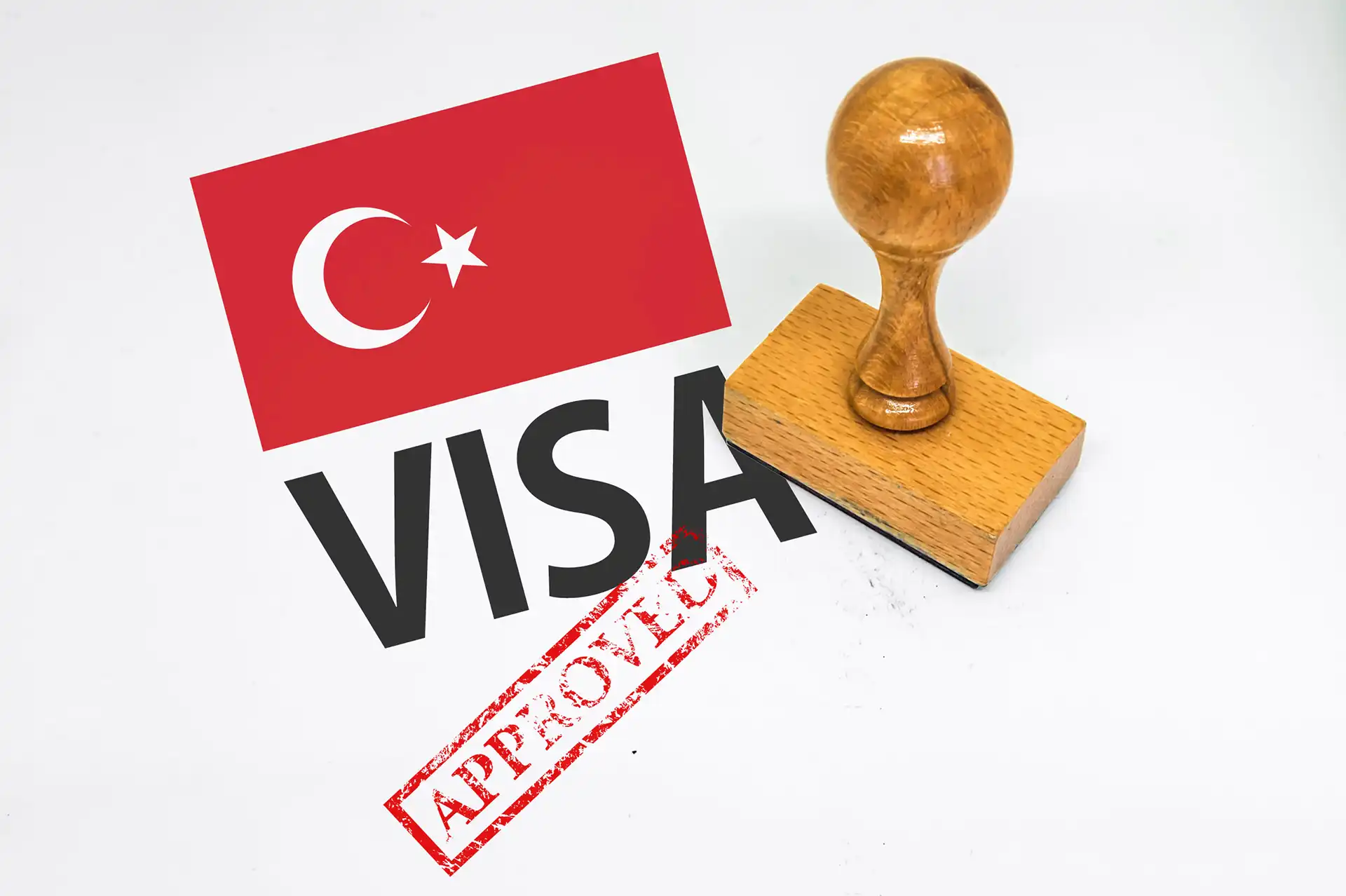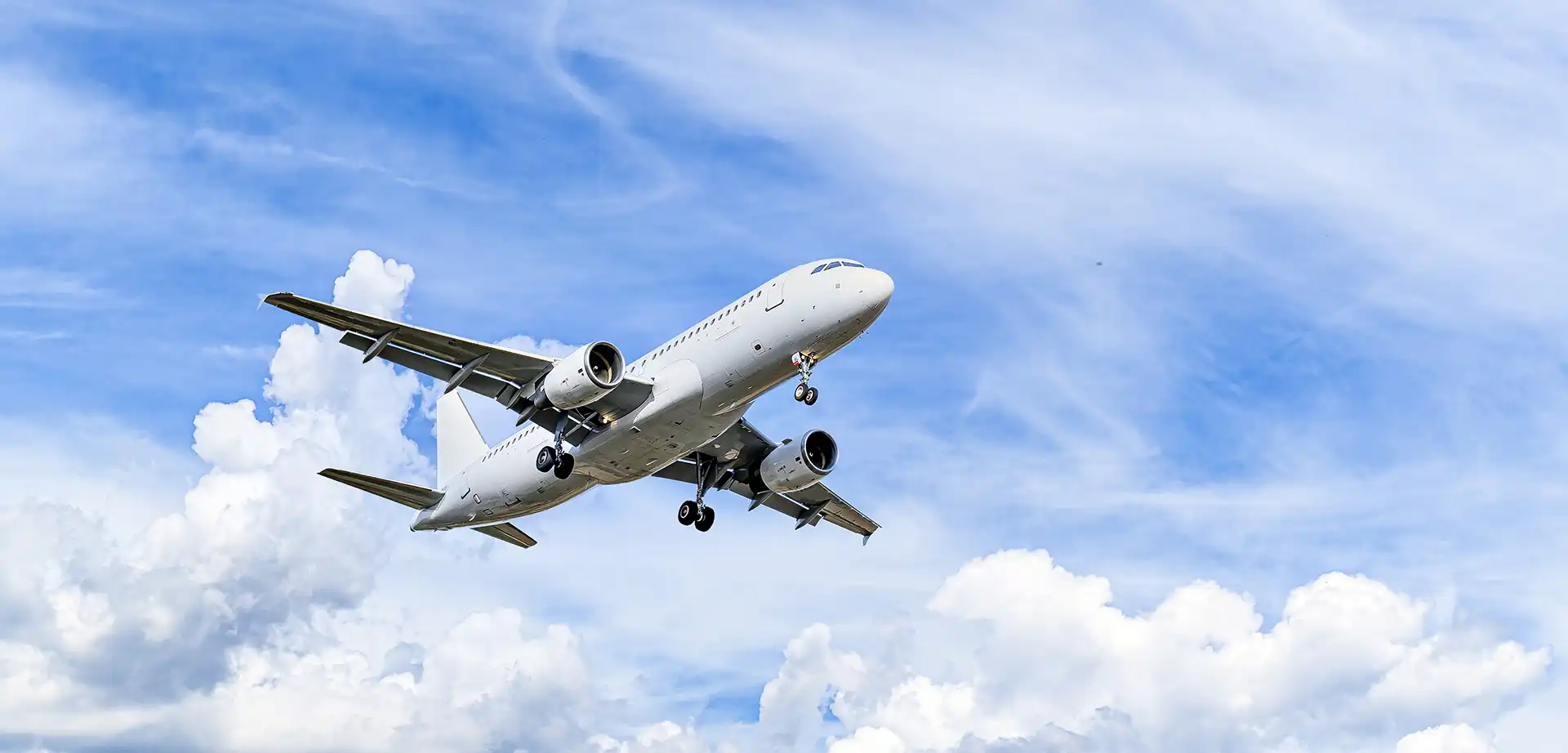

India
India passport ranking
The Indian passport is currently ranked 79th place on the Guide Passport Index. It provides visa-free access to 55 destinations. Indian passport holders have visa-free access and visas on arrival to countries such as Indonesia, Thailand, and Rwanda. Indian citizens do however require a visa to enter 174 destinations in the world such as China, Japan, Russia, the United States and the entire European Union. This high visa requirement results in a low mobility score.
India Passport Ranking
The India passport ranking relative to other global passports is calculated by adding up the number of countries that allow India passport holders to enter without a visa (i.e. visa-free countries) and those that allow India passport holders to enter by obtaining a visa on arrival (i.e. visa-on-arrival countries) or an electronic travel authorization (eTA). There are currently a total of 27 India passport visa-free countries, 25 India visa-on-arrival countries, and 3 eTA destinations.
Altogether, India passport holders can enter a total of 55 destinations—either without a visa, through a visa on arrival, or via an eTA. As a result, the India passport ranks 79 in the world.
Separate from these India visa-free countries and visa-on-arrival countries, there are 174 additional destinations which India passport holders either need a physical visa to enter or an eVisa (i.e. visa required countries).
About India
The Republic of India is a former British colony. Located in Southern Asia it consists of 28 states and 8 union territories. It borders Bangladesh, Nepal, China, Pakistan, Bhutan and Burma. The most important districts are Utta Pradesh, Maharashtra and Bihar. The nation is the 7th largest country in the world with a surface area of 3,287,263 square kilometers. Its climate is divided into several climate zones from temperate in the North to tropical monsoon in the South. Its terrain also varies with the geography from plains in the south, rolling plains alongside the Ganges to the Himalayas mountains in the north.
The overall population is 1.4 billion people, making it the 2nd most populous country in the world. The capital is New Delhi. Other important cities of the country are Mumbai and Bangalore. The largest airport is Indira Gandhi International Airport (DEL). It has an approximate yearly passenger traffic of 67 million people. It connects the country to destinations across the entire world. It is named after former Prime Minister Indira Ghandi.
The Republic of India gained independence from the United Kingdom in 1947. Its culture is dominated by its 4,500-year-old history and many religions. The majority of population is Hindu. There are over 82 official languages in India alongside the universal English. The legal system is based on the English common law. The government form is a federal parliamentary republic with President Droupadi Murmu as elected chief of state. The Prime Minister is Narendra Modi as head of government. Elections take place every 5 years.
The official currency of the country is the Indian Rupee (INR) with the current exchange rate being INR 20 to the USD. India has an open economy, generating a GDP of approximately $8.6 trillion. This makes it the 3rd largest economy in the world. It has a per capita income of $6,283. The main GDP contributing sectors are services, industry and agriculture. The economy is extremely diverse, with rural agricultural production to high tech computerized industries in cities. Some of the major export products are textiles, chemicals, steel, rice and wheat.
The Republic of India is a popular tourism destination offering countless touristic destinations. It is known for its vast urban and natural sights. There are 40 UNESCO world heritage sites. Some of the main destinations are the Taj Mahal, the Holy City of Varanasi, Jaisalmer, the Red Fort, Mumbai and Goa. There were about 10 million touristic visits to the country per year in average.










































